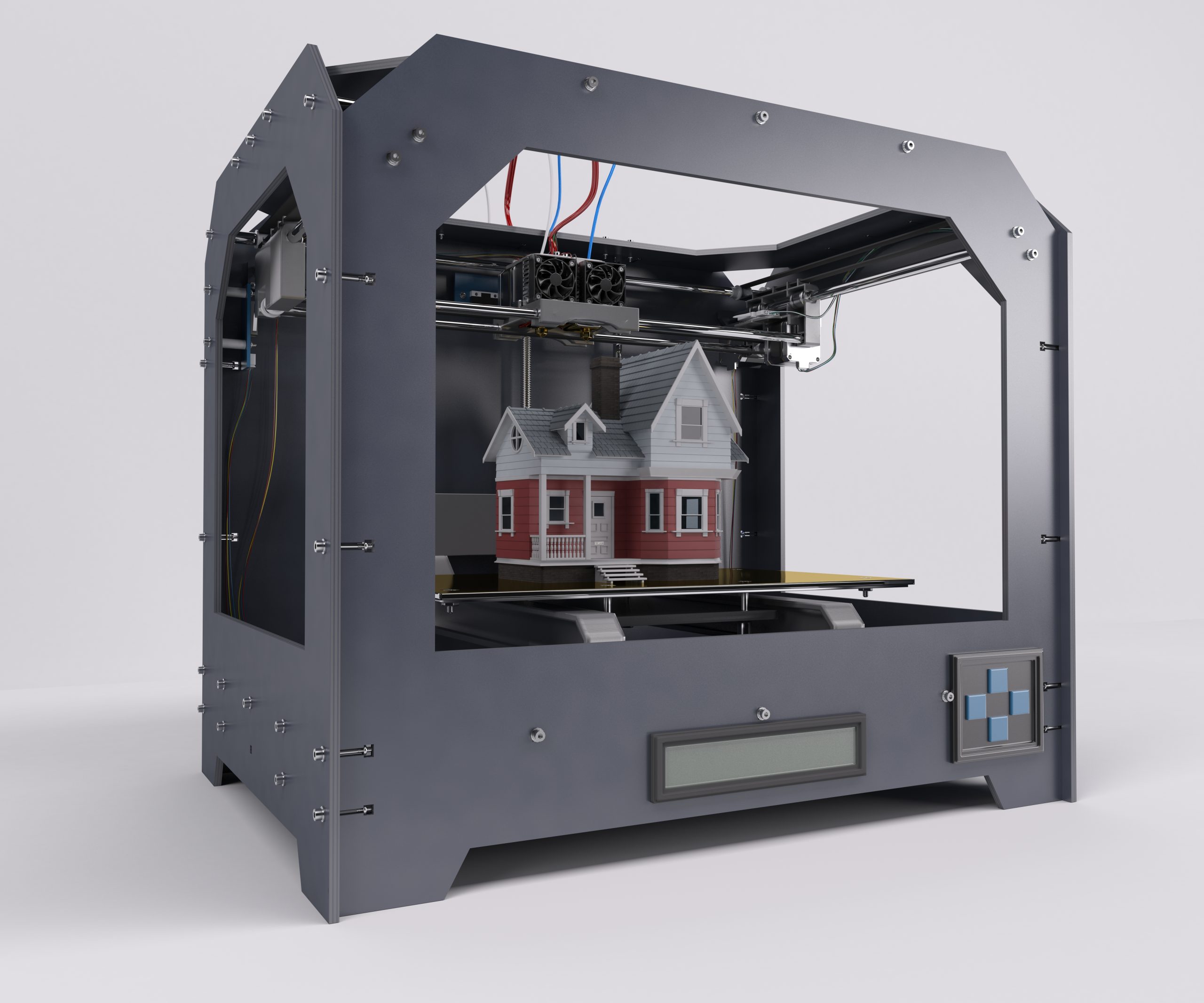Industrial 3D Models

Industrial 3D Models: Precision-Centric CAD for Engineering and Manufacturing
Industrial 3D models are an essential component of modern engineering, fabrication, and construction workflows. Developed using advanced CAD software, these models serve as exact digital representations of mechanical components, structural assemblies, and construction systems. Their purpose extends beyond visualization—industrial 3D models directly support manufacturing, CNC operations, BIM coordination, and design validation.
What Is an Industrial 3D Model?
An industrial 3D model is a data-rich, geometrically accurate CAD model created for use in real-world engineering and production environments. These models are developed using platforms like AutoCAD, Inventor, SolidWorks, and Revit, and are governed by technical constraints such as tolerances, assembly fit, and material behavior.
Key features:
- Precise 2D/3D geometry
- Parametric control for design iteration
- Embedded manufacturing and material data
- Compatibility with CAM, BIM, and digital fabrication tools
Common Applications of Industrial 3D Models
⚙️ Mechanical Design Engineering
Industrial models are used to create parts like housings, shafts, gears, and assemblies. These models are integrated into simulation workflows (e.g., FEA, motion studies) and exported for production using CNC or 3D printing technologies.
🏗️ Structural & Fabrication Modeling
Steel frames, trusses, brackets, and welded assemblies are modeled in 3D to improve accuracy and reduce fabrication errors. These models form the base for shop drawings, fabrication cut lists, and assembly diagrams.
🧱 BIM Coordination
In BIM projects, 3D models are used to align structural, MEP, and architectural systems. Industrial models enhance clash detection, spatial planning, and construction sequencing, especially in large-scale projects.
🖥️ CAM and CNC Manufacturing
3D models are converted into machine-ready instructions. Proper feature definition—like hole callouts, fillets, and material thickness—is essential to avoid downstream production issues.
Why Industrial 3D Modeling Matters
| Technical Feature | Engineering Value |
| Parametric control | Enables design iteration without remodelling |
| Manufacturing-ready geometry | Supports error-free CNC and additive production |
| Assembly-aware modeling | Ensures fit, alignment, and kinematic behavior |
| BIM compatibility | Facilitates interdisciplinary coordination |
| Format flexibility | Allows export to DWG, STEP, IGES, RVT, and more |
JebCAD: Technical Expertise in Industrial 3D Modeling
Jebcad is a trusted provider of industrial 3D modeling services in Turkey, delivering technically accurate models for mechanical systems, fabrication layouts, and BIM coordination. The firm specializes in CAD solutions that meet manufacturing and construction tolerances, with deliverables formatted for native and cross-platform compatibility.
Jebcad supports both 2D-to-3D conversion and end-to-end modeling for new product development, prefabrication planning, and digital construction documentation.
Supported Formats
Jebcad provides models in:
- STEP (.stp/.step)
- IGES (.igs/.iges)
- DWG / DXF
- RVT / IFC
- SLDPRT / SLDASM
These formats ensure seamless integration into CAD/CAM workflows, BIM platforms, and digital fabrication processes.
The Role of Industrial 3D Models in Project Success
Industrial 3D models are more than visual tools—they are a foundation for high-accuracy design, engineering documentation, and precision manufacturing. By ensuring that each model is technically robust and production-ready, engineering teams can reduce revision cycles, minimize fabrication errors, and improve project delivery timelines.
For projects requiring technically accurate industrial 3D models, Jebcad offers reliable expertise with a focus on compliance, detail, and performance.
